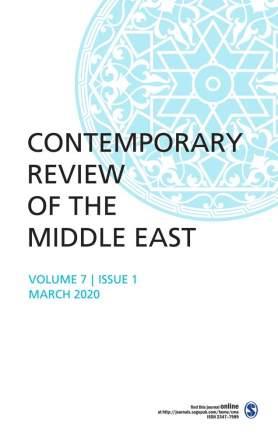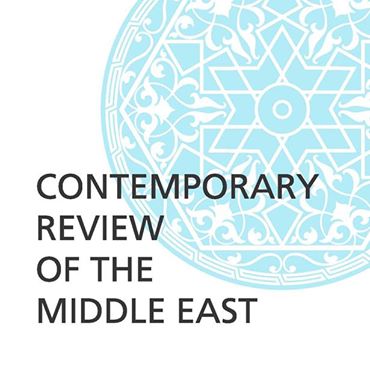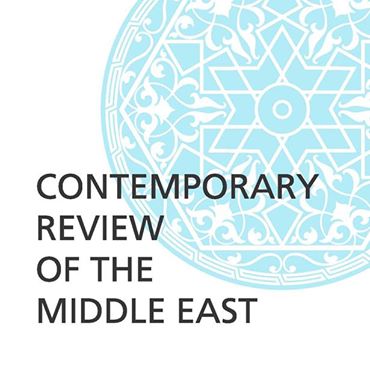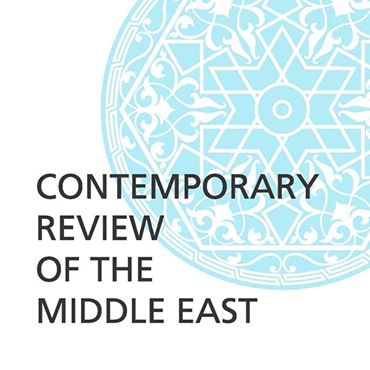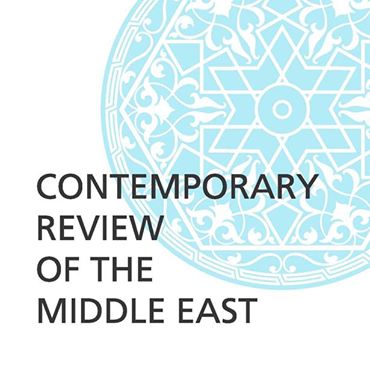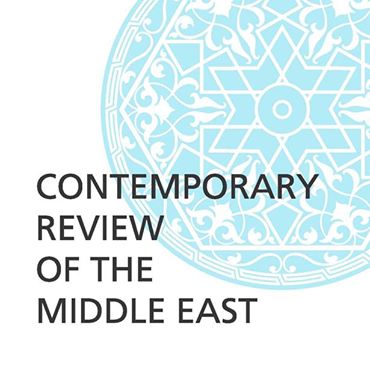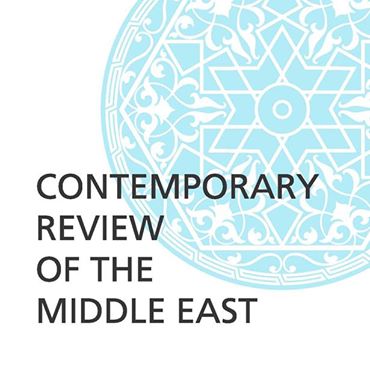Breaking
- MENU
Lorem Ipsum is simply dummy text of the printing and typesetting industry.
http://journals.sagepub.com/toc/cmea/5/1
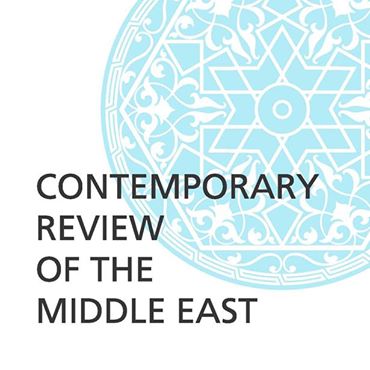
Vol. 5 Issue 1 : March 2018
Table of Contents and Abstracts
1) Dateline MEI by P. R. Kumaraswamy Read More
2) Lebanon Confronts Partition Fears: Has Consociationalism Benefitted Minorities? By Francisco Salvador Barroso Cortés, Joseph A. Kéchichian
Lebanese consociationalism has been under stress due to serious internal and external pressures. Though Lebanese regional and global leaders continue to pay lip service to Lebanon’s unity and uphold putative commitments to its sovereignty and territorial integrity, partition to resolve internal crises remains on the table. After a long and still unsettled civil war, absolute internal discord among citizens and, increasingly, the uprisings throughout the region, partition was and is once again openly discussed by many even if most camouflage it under the decentralization, federalism, or con-federalism schemes. The article underlines the inherent vulnerabilities of the Lebanese state and analyzes its deep fault lines raising a serious question about the future integrity of Lebanon. Read More
3) Israel–China Relations Enter a New Stage: Limited Strategic Hedging by Mordechai Chaziza
Since the establishment of diplomatic ties between China and Israel in 1992, their relations have warmed up and developed rapidly in diverse areas. This study offers a new theoretical framework, strategic hedging behavior, for analyzing Sino-Israel relations, in order to understand the nature and scope of the hedging relationship between China and Israel. What impact will China’s hedging relationship with Israel have on Washington’s dominance in the Middle East region? The study asserts that this relationship is limited to economics and technology, and China’s relations with Israel cannot replace Israel’s strategic and special relationship with the US. However, the future of the hedging relationship countries is highly sensitive to the evolution of US–China relations in the Middle East and other areas. Read More
4) Malaysia’s Relations with Saudi Arabia and Iran: Juggling the Interests By Mohd Fauzi Abu–Hussin, Asmady Idris, Mohd Afandi Salleh
The Middle East region, especially the oil-rich Arab economies, is regarded as one of Malaysia’s important economic and trading partners. Economic and political changes at the global and regional level have simultaneously shifted Malaysia’s interests in the region. At the same time, there has also been rising interest from countries in the region to expand their economic relationships with Malaysia. Apart from the United Arab Emirates, which is Malaysia’s largest trading partner in the Middle East region, Saudi Arabia and Iran are now becoming more visible for their contributions toward the Malaysian economy. Economic interest certainly is the main driving force behind the latter’s efforts to enhance its connection with these countries. Efforts to reap economic benefit from these countries and to attract petro-dollar investments would also have negative consequences on Malaysia’s domestic, social, and religious affairs due to an influx of Arab and Iranian people coming into the country. Religious extremism and sectarianism are among the challenges that Malaysia is encountering and the authorities are quite critical of those ideologies, and over the years, the teaching of Wahhabism and Shiism have been banned in the country. Could this affect Malaysia’s connection with those countries in the Persian Gulf? How has the government engaged with these local issues without jeopardizing its economic inter-connection with Saudi Arabia and Iran? Given that they are two contrasting countries, how has Malaysia balanced its relationships with these two states? Read More
5) Article Commentary: Squaring the Circle by Shri. M. Hamid Ansari Read More
6) Oral History: India and Israel by Ranjit Gupta Read More
7) Election Watch : Parliamentary Elections in Algeria, 2017 By Minakshi Sardar Read More
8) Book Review: Ibrahim Fraihat (2016). Unfinished Revolutions: Yemen, Libya, and Tunisia after the Arab Spring by Ashiya Parveen Read More
9) Book Review: Neşecan Balkan, Erol Balkan, and Ahmet Öncü (Eds) (2015). The Neoliberal Landscape and the Rise of Islamist Capital in Turkey by Chetna Kuanr Read More
10) Book Review: Imad Salamey (2017). The Decline of Nation-states after the Arab Spring: The Rise of Communitocracy by Lakshmi Priya Read More
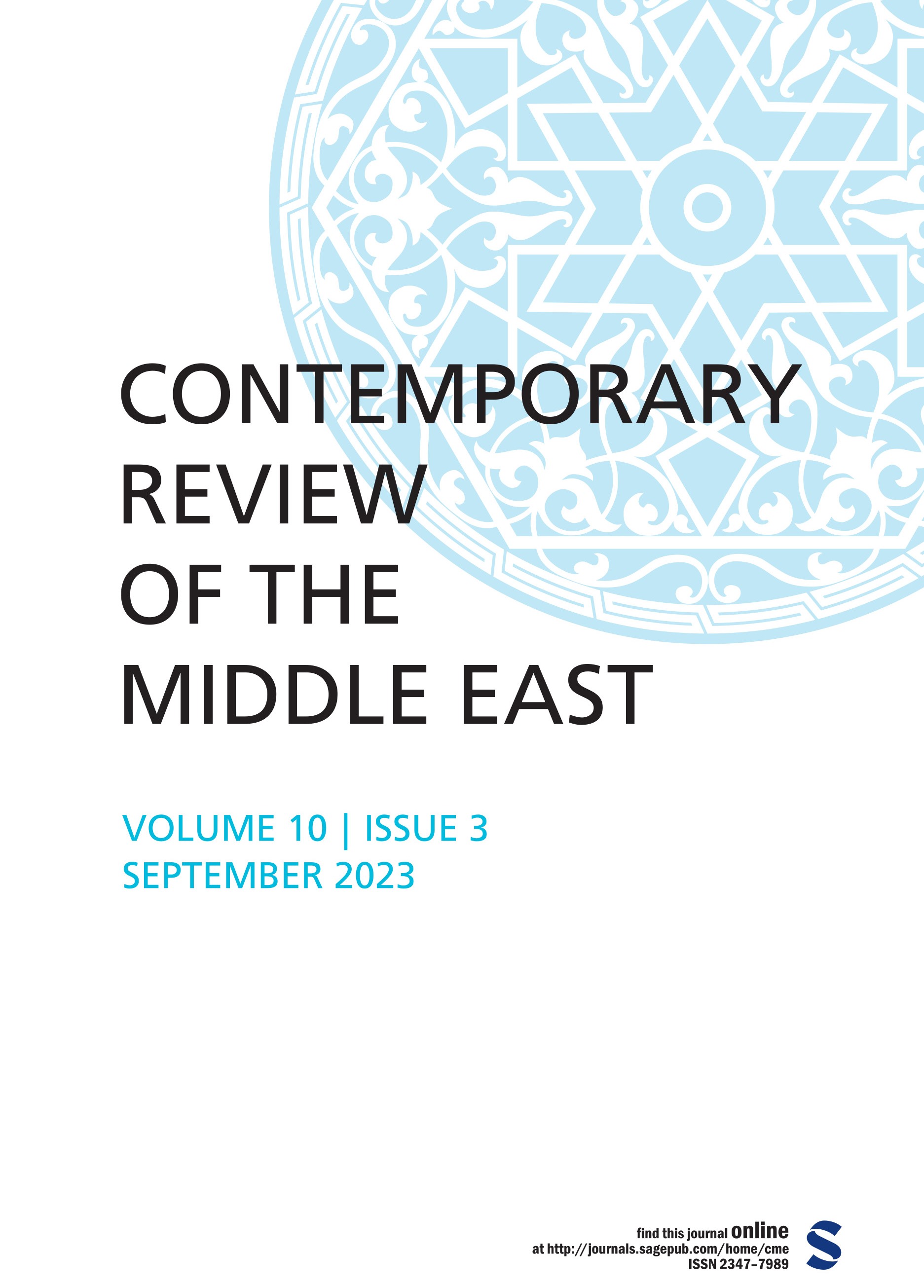
Invented Tradition as a Theoretical Approach Within Iranian Memory Studies: A Review Mohammad
Read More »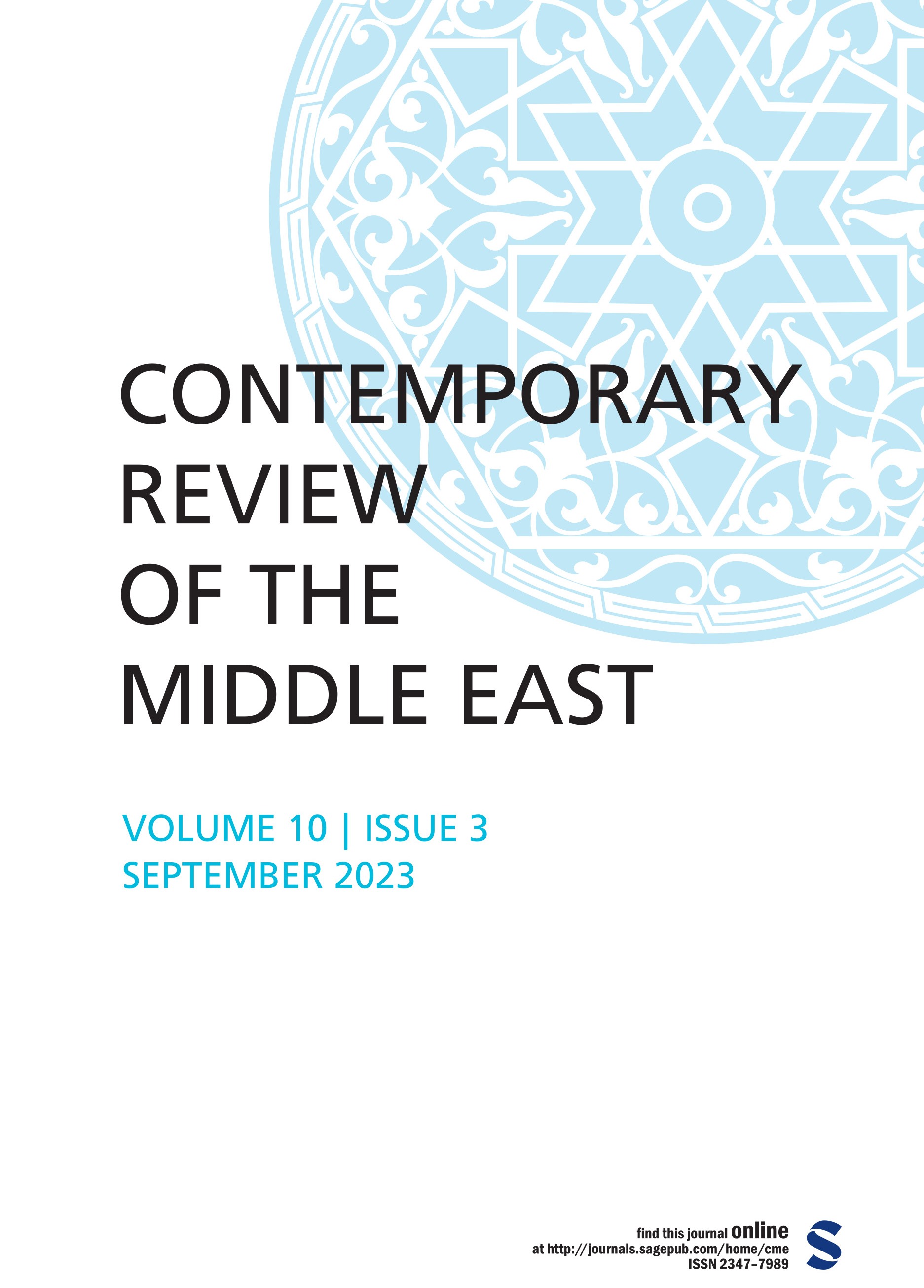
Neo-Ottoman Turk-Scape: Analyzing the Role of Dizis as Türkiye’s Soft Power Mohammad Reyaz and
Read More »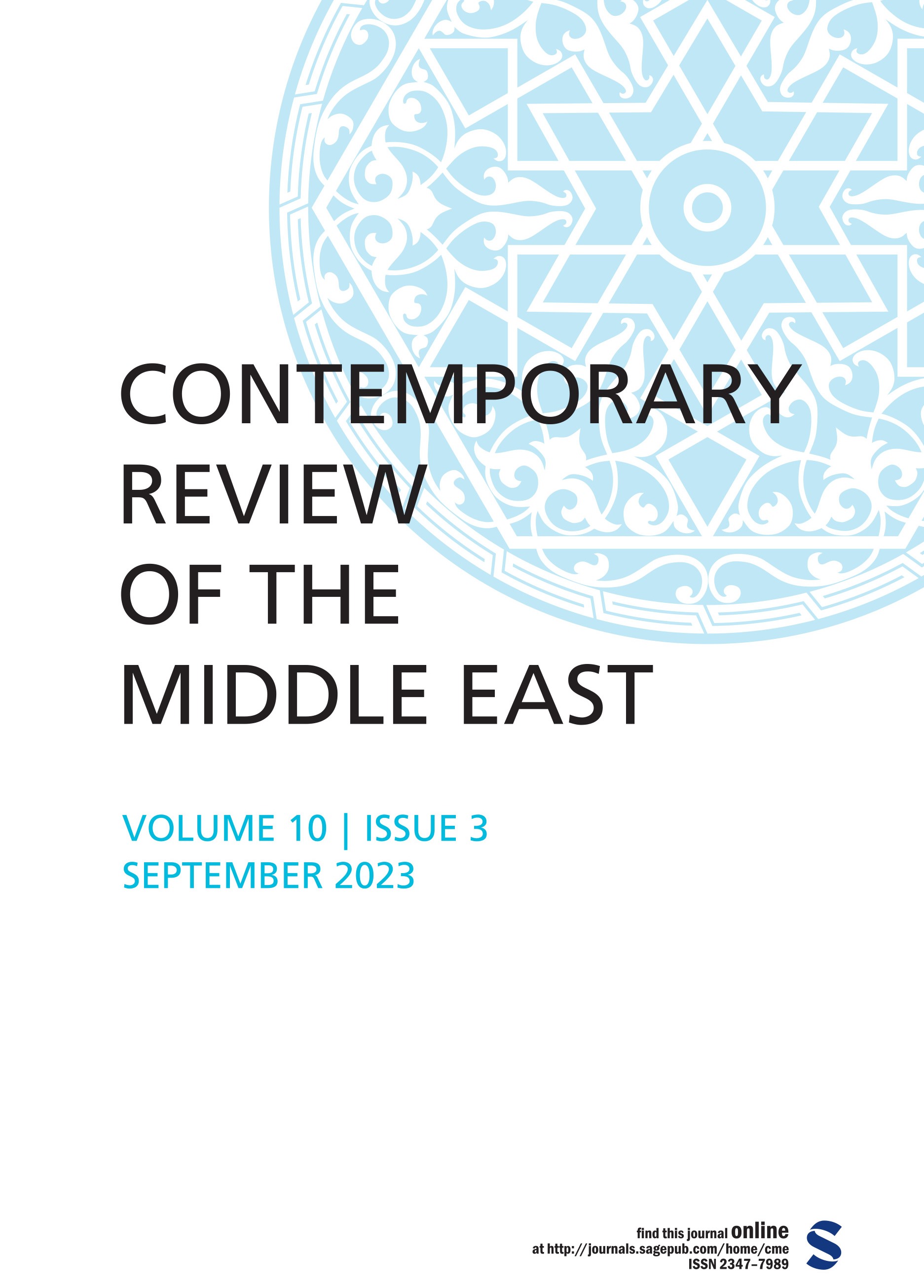
The Relations of Vietnam with the Middle East-North Africa Region: From a Divided State to an Important&
Read More »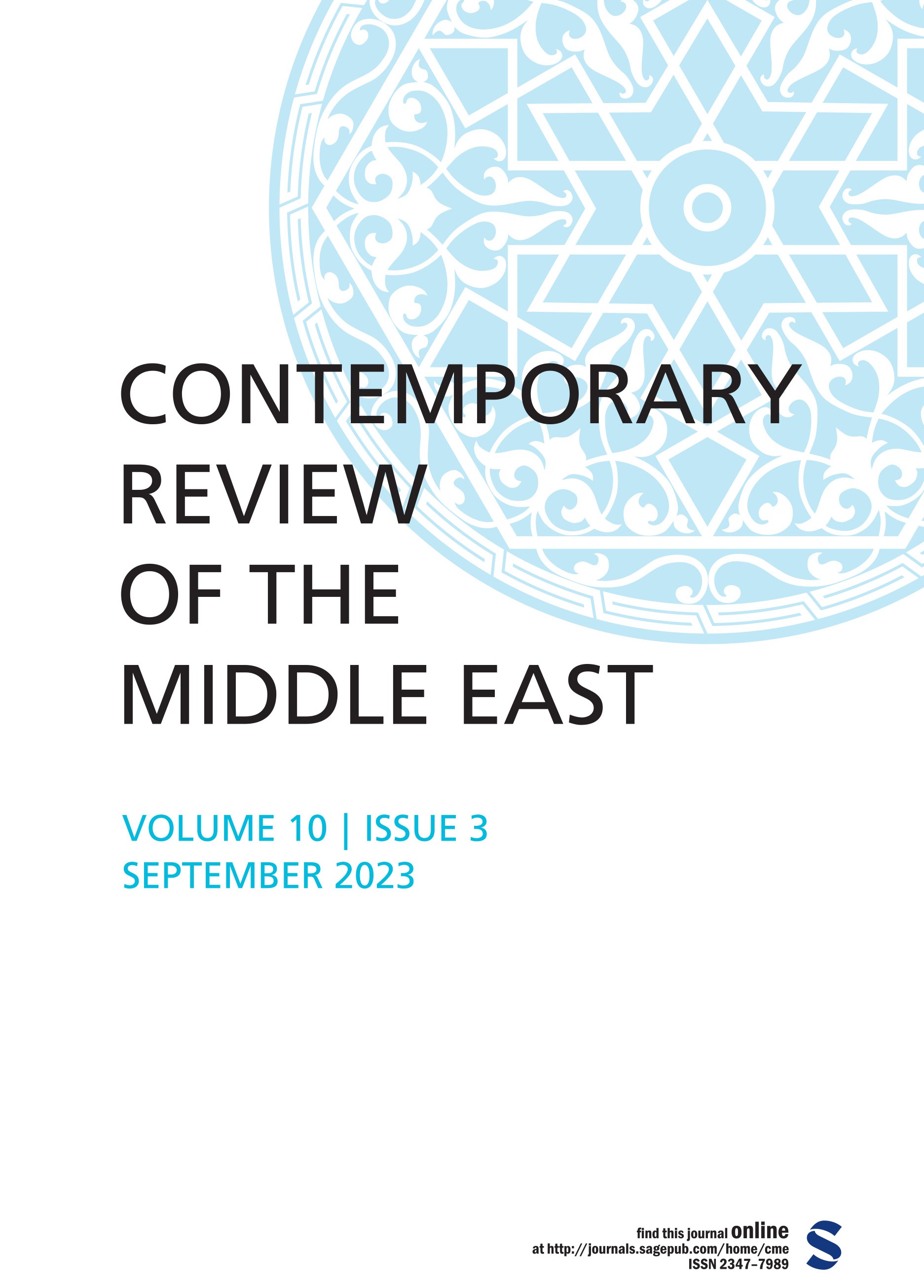
An Analysis of Yemen’s Geostrategic Significance and Saudi-Iranian Competition for Regional Hegemo
Read More »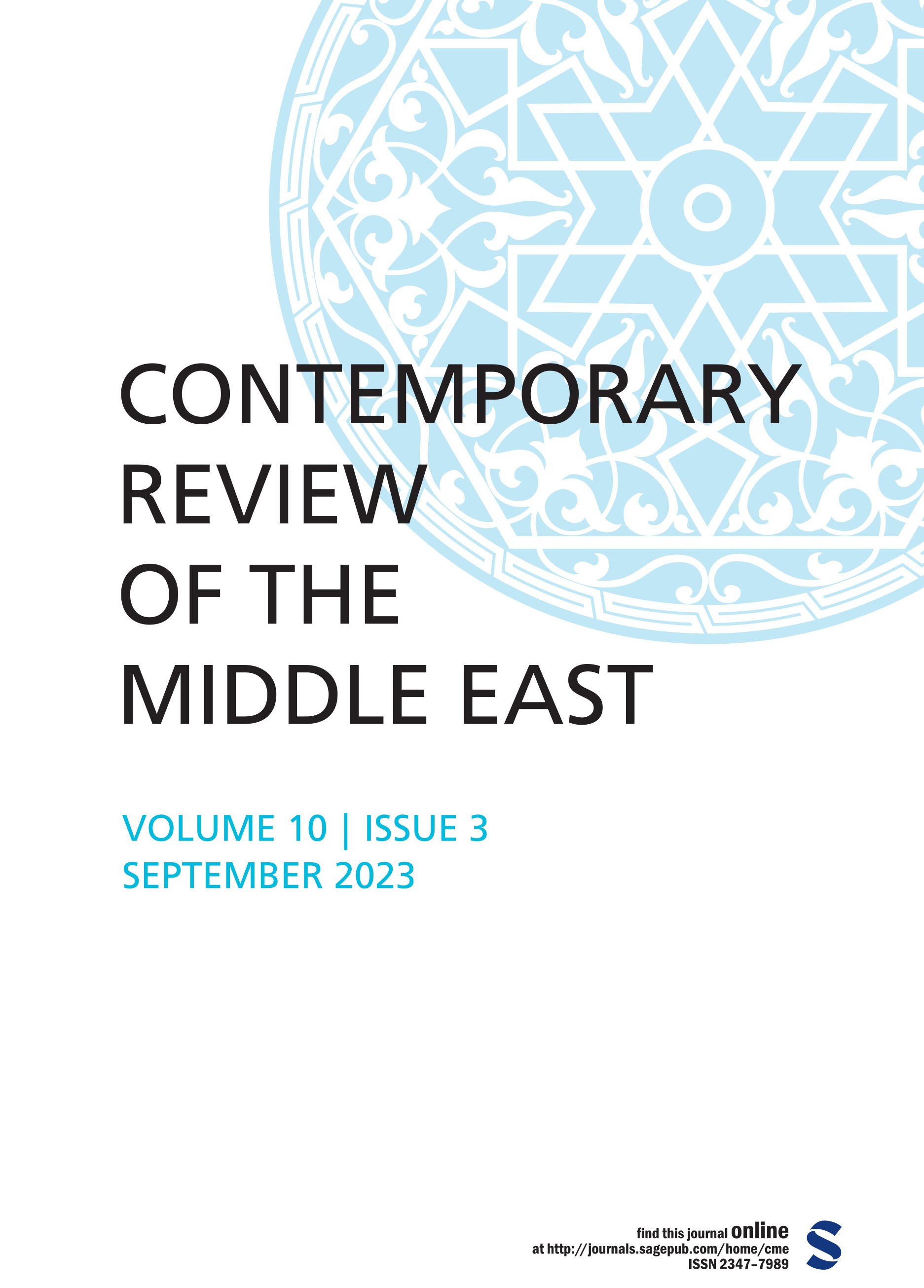
The National Reconciliation Process in Algeria During the Bouteflika’s Era: The Official Narrative Fa
Read More »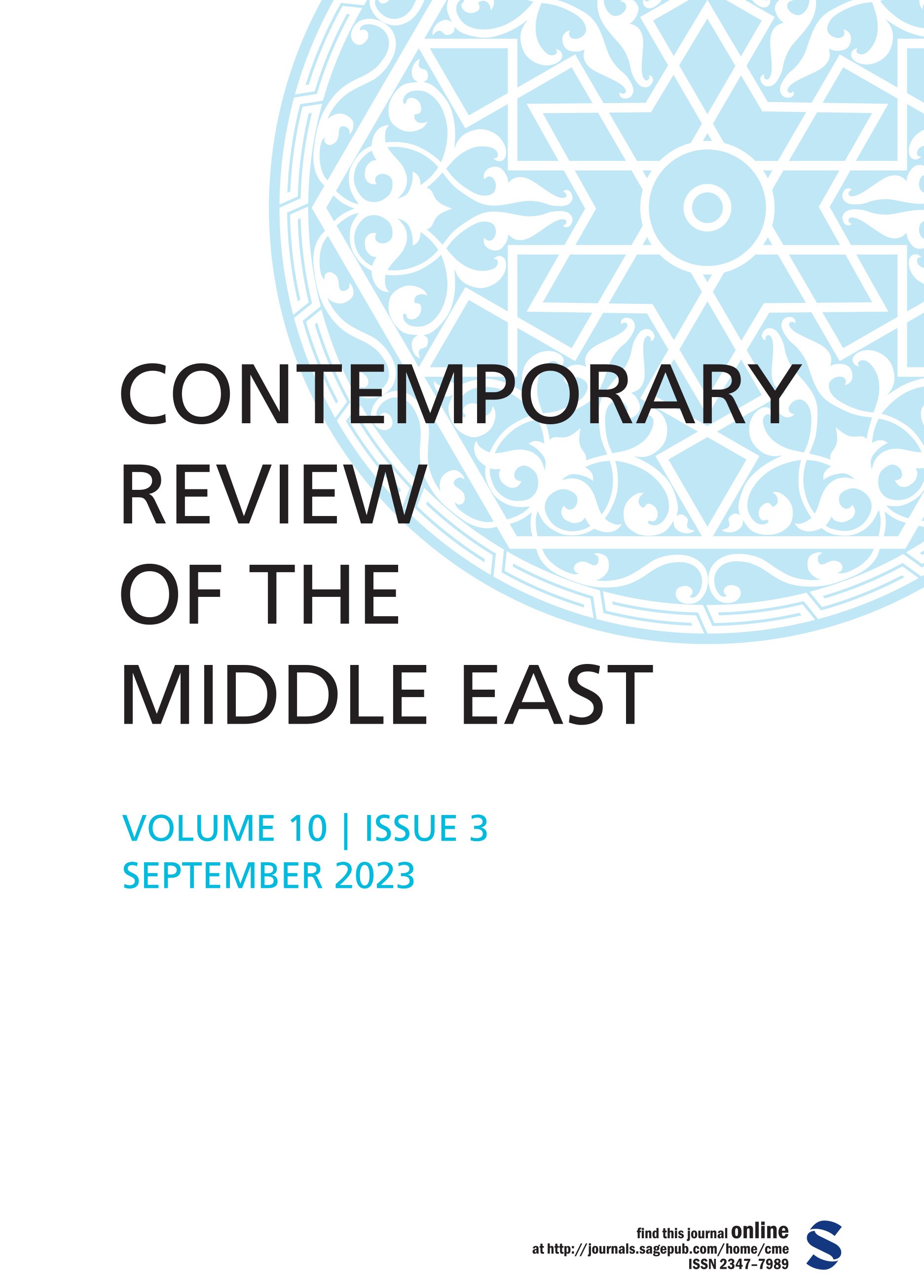
Dateline MEI When Netanyahu Rocks the Israel Boat, Nero Style P. R. Kumaraswamy For the text see: We
Read More ».jpg)
.jpg)
